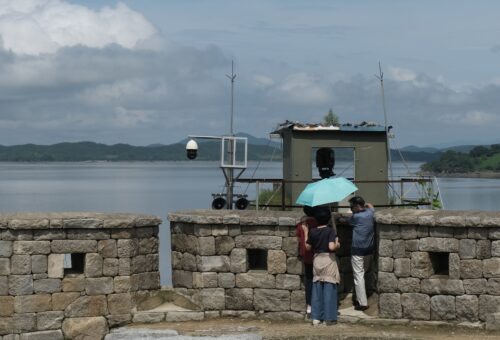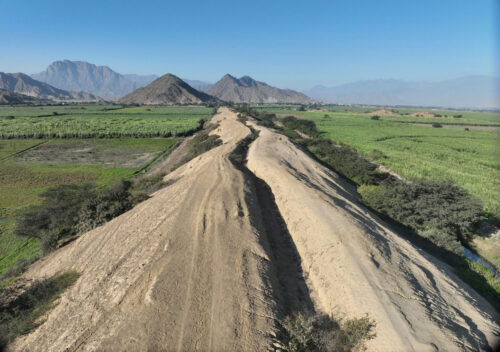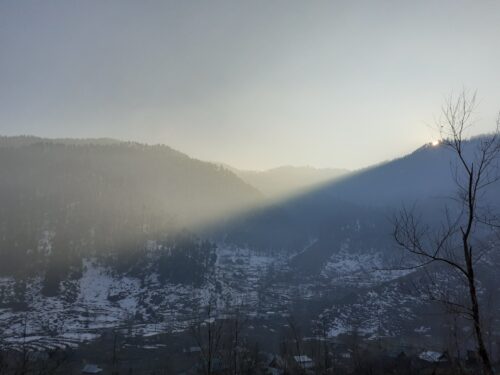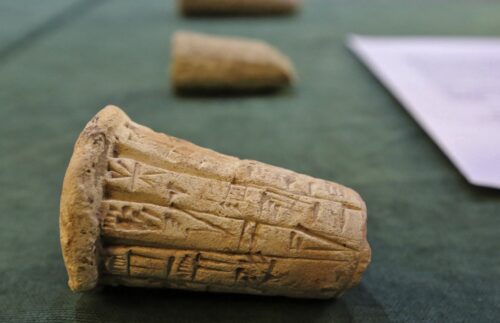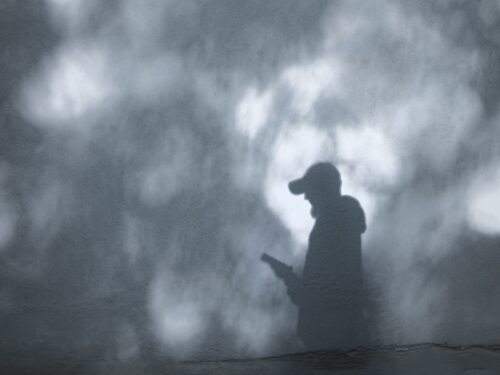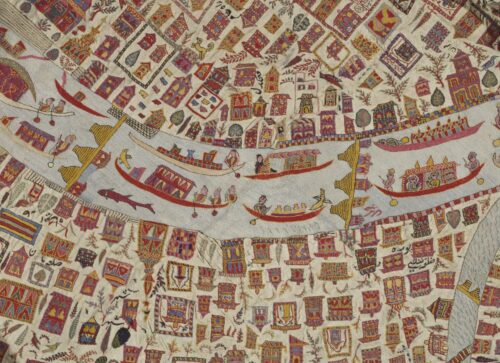Retracted: Did an Asteroid Shape This Famous Biblical Story?
Retraction: April 28, 2025
At SAPIENS, we regularly republish articles from other magazines to amplify the work of anthropologists. This article was originally published by The Conversation and republished by SAPIENS on October 13, 2021. On April 24, 2025, The Conversation retracted the article and issued this notice:
Editor’s note: This article was based on a study published in the peer-reviewed journal Scientific Reports on Sept. 20, 2021. On April 24, 2025, the journal retracted the article after other researchers raised concerns about errors that undermine the original conclusion that an airburst destroyed Tall el-Hammam. Here is the retraction note from the journal editors:
“Following publication of this Article concerns have been raised by Jaret & Harris about errors in methodology, analyses, and interpretation of the mineralogic and geochemical data in the Article. In addition, Boslough & Bruno show that comparisons between the Tall el-Hammam site and the Tunguska event are not adequately substantiated, as a result of errors propagated from the original sources that overestimated the temperature, wind speeds, and impact of the air blast at Tunguska.
Therefore, the claims that an airburst event destroyed the Middle Bronze Age city of Tall el-Hammam appear to not be sufficiently supported by the data in the Article. Given these concerns, the Editors no longer have confidence that the conclusions presented are reliable.”
Shortly after republishing the original article from The Conversation, SAPIENS published a critical view of the research and how it was portrayed across the media landscape. Be sure to read the SAPIENS article to get a fuller sense of the controversy:
For a critical view of this research, read: “When Biblically Inspired Pseudoscience and Clickbait Cause Looting” by Morag M. Kersel, Meredith S. Chesson, and Austin “Chad” Hill.







